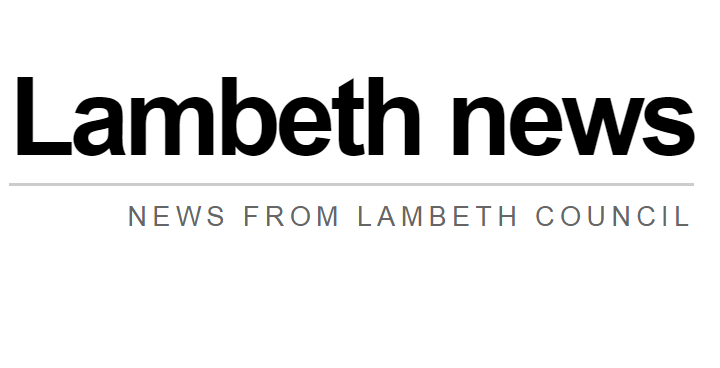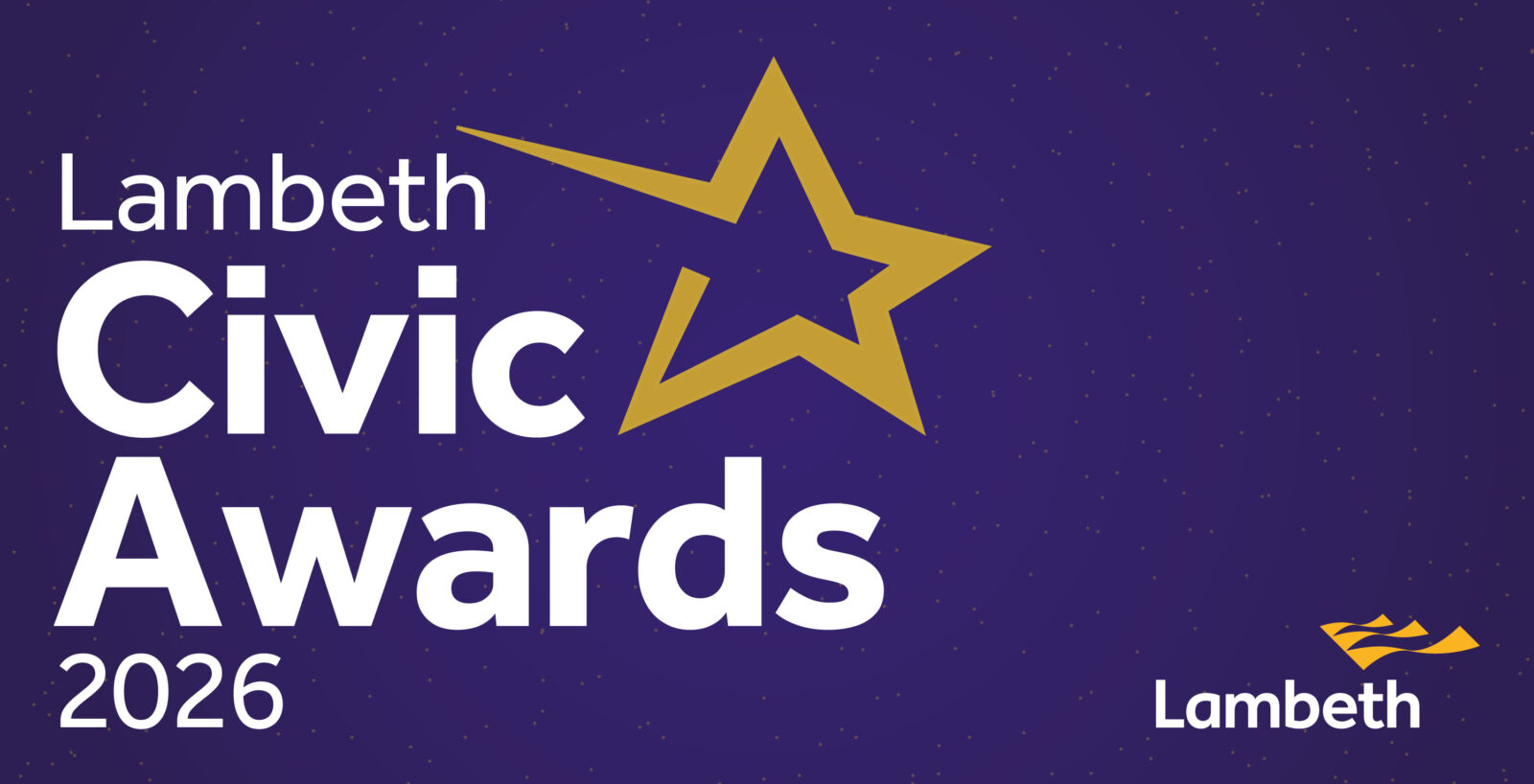
The judgement re-confirmed the High Court’s decision that the council had taken due regard of the equalities impacts of the experimental low traffic neighbourhood schemes when it made the decision to implement them and that proper considerations were taken into account.
The decision related to traffic orders for three Low Traffic Neighbourhoods in Lambeth – the Oval Triangle Low Traffic Neighbourhood, the Streatham Hill Low Traffic Neighbourhood and the Railton and St Matthew’s Low Traffic Neighbourhood.
In response to the verdict a Lambeth Council spokesperson said: “The low traffic neighbourhoods that the council has implemented are just one part of our holistic approach to making Lambeth’s roads and neighbourhoods healthier, safer and more equal.
“The majority of Lambeth residents do not have access to a car and that is particularly the case for many communities which are disproportionately impacted by collisions or toxic air pollution. Therefore to make Lambeth a more equal place, we need to enable more journeys to be made by active and sustainable methods and fewer by motor vehicles so those effects lessen.
“Throughout the trial schemes we have engaged with residents and businesses thoroughly and have changed and improved them off the back of this feedback. We have also introduced dispensations for Blue Badge holders to make it easier for Lambeth residents who are reliant on their cars to get around.”
In June last year claims relating to the borough’s LTNs were rejected by the High Court. The Court of Appeal examined if when the council made experimental traffic orders under section 9 of the Road Traffic Regulation Act 1984 it had discharged the “public sector equality duty” under section 149 of the Equality Act 2010. The Court of Appeal agree with the earlier High Court judgement that the council had done its duty.
For more information visit:



